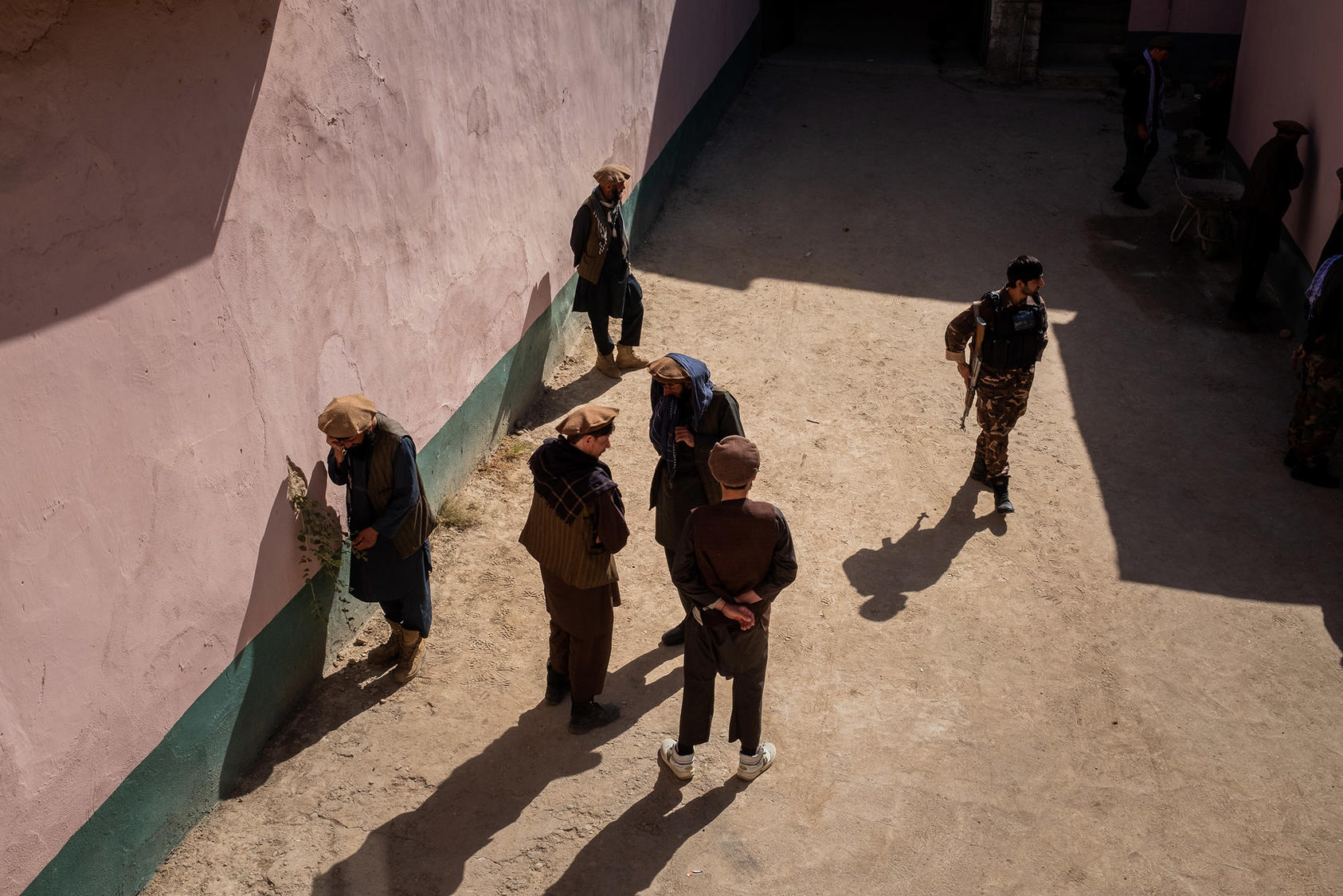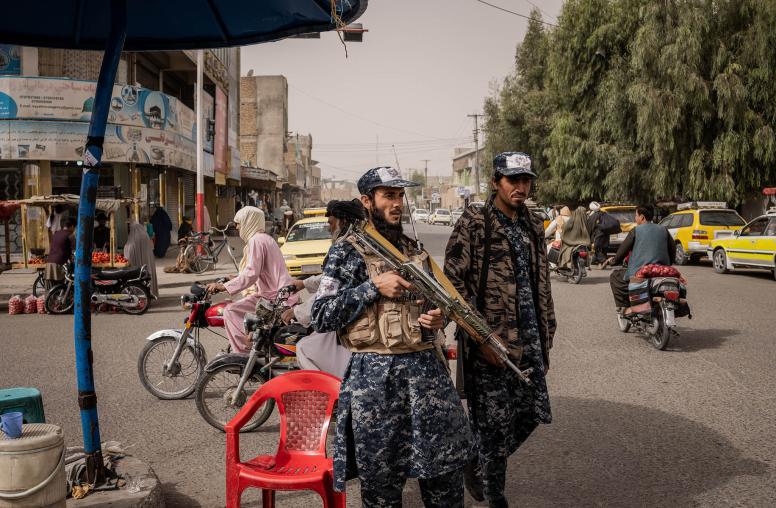Taliban Fragmentation: Fact, Fiction, and Future
For years, the U.S. military pursued a "divide and defeat" strategy against the Afghan Taliban, attempting to exploit the supposedly fragmented nature of the group. Drawing on the academic literature on insurgency, civil war, and negotiated peace, this report finds that the Taliban is a far more cohesive organization than a fragmented one. Moreover, Taliban cohesion may bode well for enforcing the terms of its February 29 agreement with the United States, and any eventual settlement arising from intra-Afghan negotiations.

Summary
The U.S. and Afghan governments have, at various times, intentionally pursued strategies of “divide and defeat” in an attempt to fragment and weaken the Taliban. These approaches have proved ineffective and, as long as peace efforts are being pursued, should be discontinued. Contrary to lingering narratives from earlier eras of the Afghan conflict, the Taliban today are a relatively cohesive insurgent group and are unlikely to fragment in the near term. This has not happened by accident: the Taliban’s leadership has consistently, at times ruthlessly, worked to retain and strengthen its organizational cohesion. To this day, the group is unwilling to cross internal “red lines” that might threaten that cohesion.
The literature on insurgency and negotiated peace suggests that only cohesive movements are capable of following through and enforcing peace agreements. Many of the feared scenarios of Taliban fragmentation, including the defection of “hard-liners” or mass recruitment by the Islamic State, do not correspond to current realities on the ground. Fragmentation of the Taliban is not impossible, and the group is certainly far from monolithic, but ideological rifts are not a sufficient explanation of why this has taken place in the past—or might again.
By studying what makes the Taliban cohesive and what has caused instances of its fragmentation, all parties invested in an Afghan peace process might be better equipped to negotiate with the Taliban under terms the movement would be willing to accept, even if it has not defined those terms publicly.
About the Report
This report examines the phenomenon of insurgent fragmentation within Afghanistan’s Taliban and implications for the Afghan peace process. This study, which the author undertook as an independent researcher supported by the Asia Center at the U.S. Institute of Peace, is based on a survey of the academic literature on insurgency, civil war, and negotiated peace, as well as on interviews the author conducted in Afghanistan in 2019 and 2020.
About the Author
Andrew Watkins has worked in more than ten provinces of Afghanistan, most recently as a political affairs officer with the United Nations. He has also worked as an independent researcher, a conflict analyst and adviser to the humanitarian community, and a liaison based with Afghan security forces.



